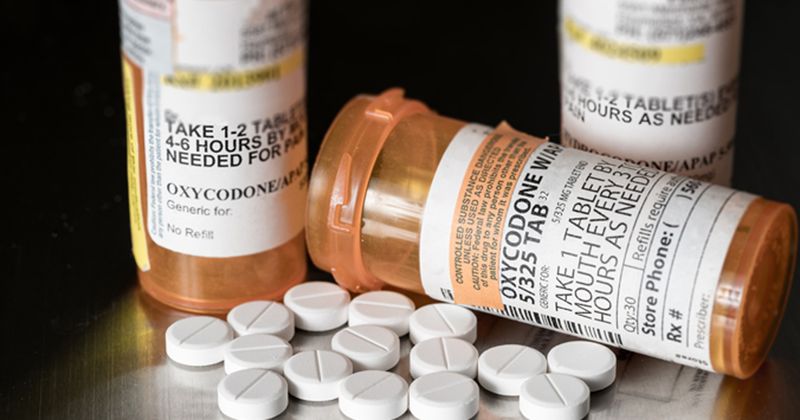For opioids, morphine equivalent daily dosage should be ‘guidance but not dogma’
DESTIN, Fla. — Physicians considering opioids for pain should perform manual calculations before consulting conversion charts and online calculators, according to a speaker at the Congress of Clinical Rheumatology East.
“[Morphine equivalent daily dosage (MEDD)] is a badly flawed concept, and it fails to take pharmacogenetic differences into account, which are important,” Michael E. Schatman, PhD, CPE, a clinical instructor at the New York University Grossman School of Medicine and editor-in-chief of the Journal of Pain Research, told attendees. “It refuses to acknowledge the need for personalized medicine, which is important as well.”

Initially, the concept of a MEDD was developed and implemented as a research aid, and was not supposed to be used clinically, Schatman said.

“In terms of research, we have some ethical concerns,” he added.
Citing a study by Dunbar and colleagues, Schatman pointed out that the accepted conversion rates for opioids began to appear as clearly inaccurate, and comparing conversion rates for different opioids was similar to comparing “apples to oranges.”
“Ethically, research on the impact of an intervention should look at levels of morphine, the hydrocodone patients, the oxycodone patients, etc., individually,” he said.
According to Schatman, researchers relying on MEDD may claim that doing away with it would make research more difficult.
“And wouldn't research be harder? Yeah, you betcha, it would, but it would be more accurate, and accuracy is our friend,” he said.
Although waiting for more research investigating specific opioids, Schatman suggested that physicians proceed with caution when using online calculators for dose conversions.
“Conversion of opioid doses based on MEDD needs to be considered guidance but not
dogma, assuming it is going to be used at all,” Schatman said. “The systemic review of MEDD-based conversion is extremely discouraging, and the online calculators that many use are particularly dangerous.”
Until more research is conducted, and new methods are developed, Schatman suggested prescribing physicians only use calculators after they have already conducted the five-step sequence for manual conversion, citing a paper by Constantino and colleagues.
“Using the manual calculations does not necessarily guarantee complete accuracy, but it is certainly more accurate than a lot of these conversion charts and online calculators,” Schatman said.
He added: “We tend to have way too much trust in technology.”

